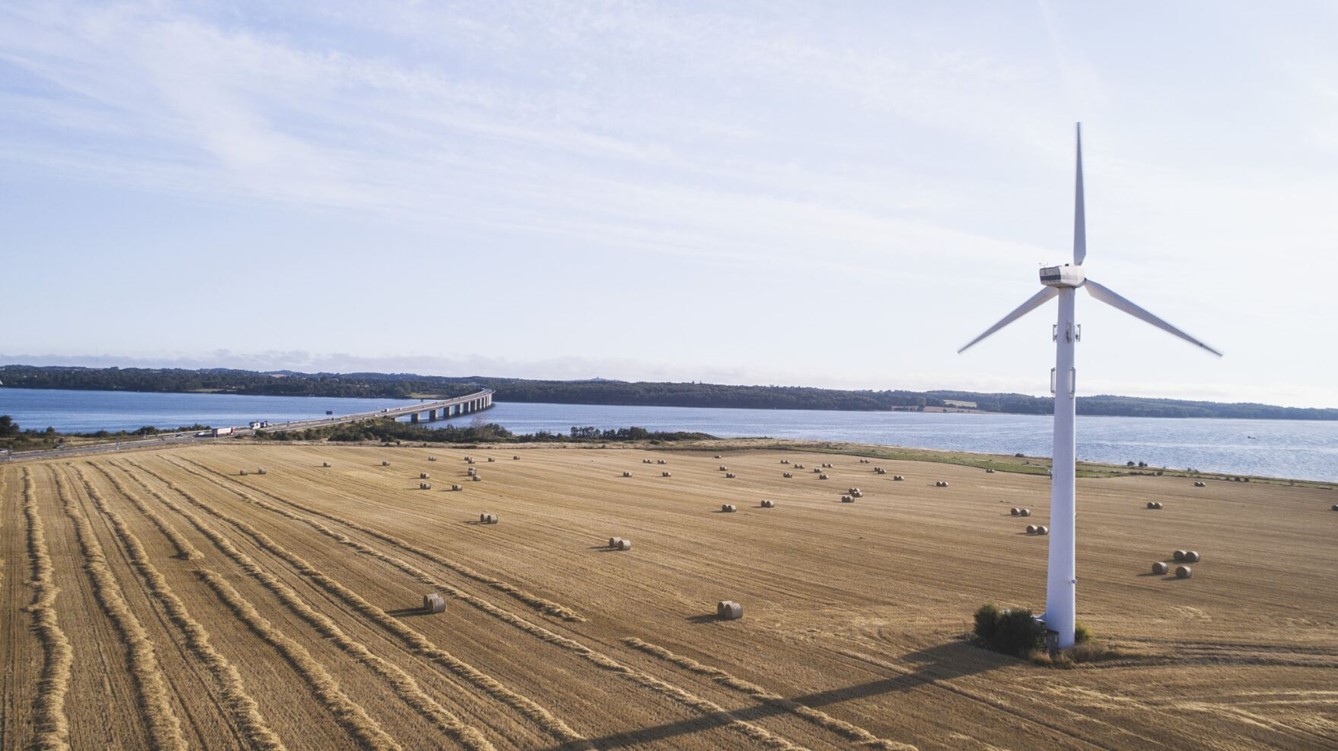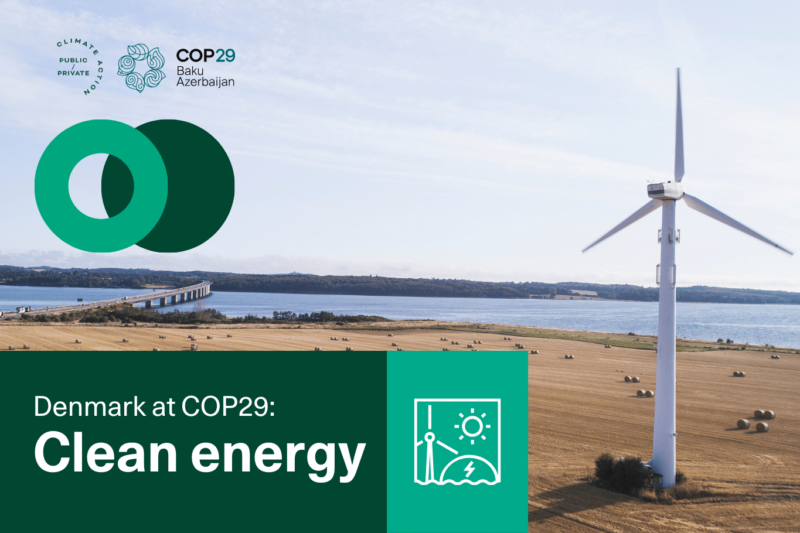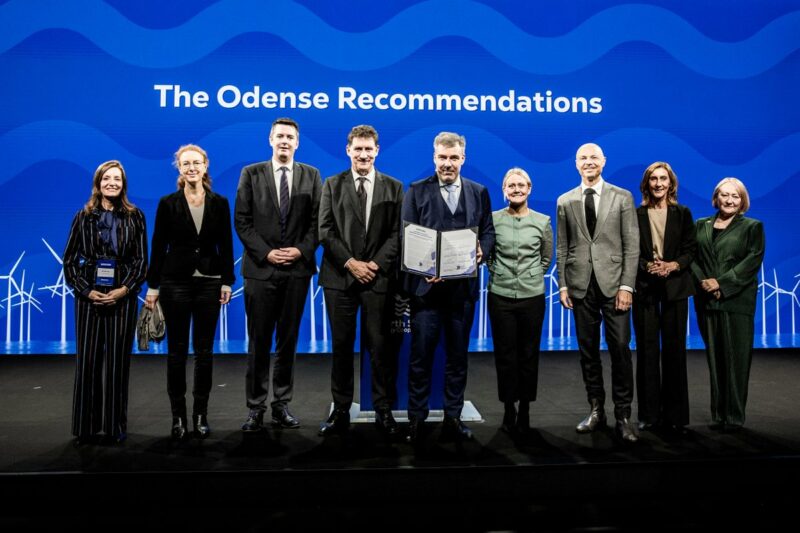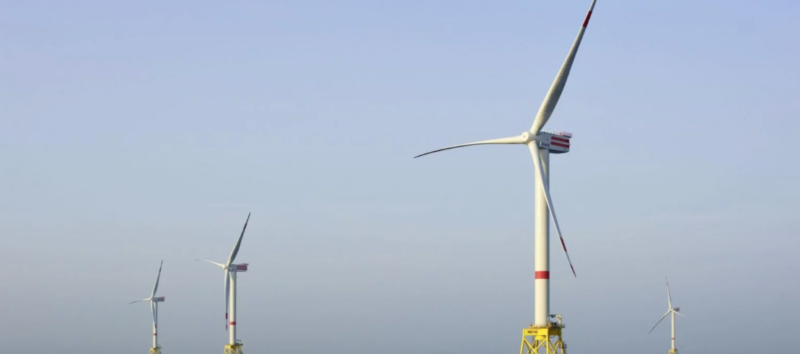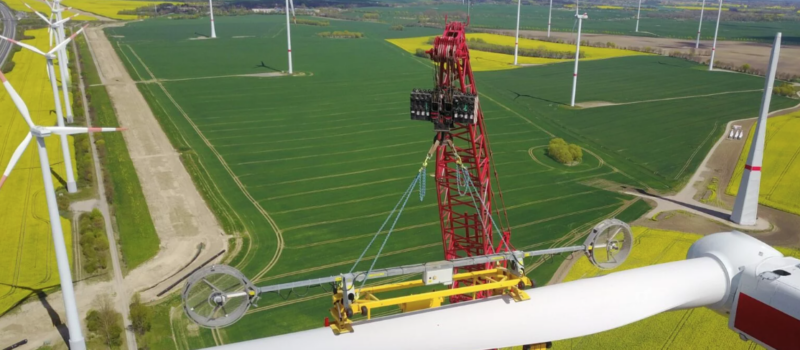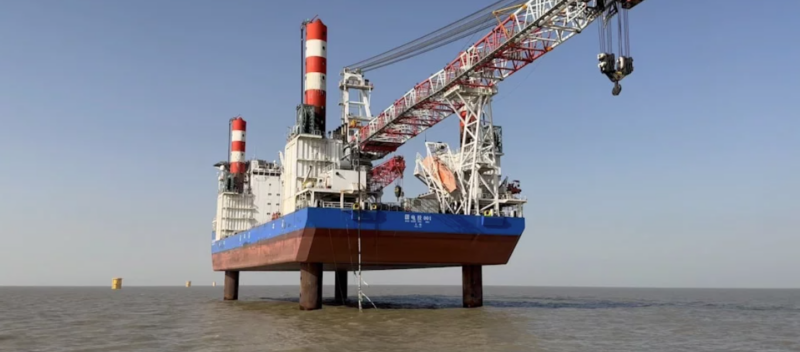The Danish Government aims at easing the process for building energy parks on land, while giving higher compensation rates to citizens and local communities living in close proximity to the renewable energy installations. As such, a newly proposed plan strives to increase the supply of green energy equivalent to 11.000.000 households.
An additional objective is to substantially boost the economic benefits for local residents and significantly improve the overall well-being of the local environment.
This development is due to the expected surge in electricity demand, with consumption in Denmark anticipated to increase by approximately 50% by 2030 if no measures are taken.
In support of this proposal, a screening process has identified 32 potential energy park locations, marking significant progress toward meeting these targets.
“We are facing a climate crisis, and energy from the sun and wind on land is the cheapest and fastest way to change our energy supply from black to green. In the future, we will need much more electricity for electric cars, heat pumps and businesses Right now, renewable energy on land is moving too slowly. The task is big, and we must succeed together. Therefore, more neighbours, local communities, and municipalities must share in the benefits of solar cells and wind turbines, and it must be easier to get the installations up and running. This will be an important first step forward for more green energy on land and for the climate,” says Lars Aagaard, the Danish Minister for Climate, Energy, and Utilities.
Get inspired: New plans to expand the danish district heating network
Incentivising local communities
Significant improvements are essential for the compensation schemes to ensure that neighbors and local communities receive increased benefits from living in proximity to solar panels and wind turbines.
This entails that with a fourfold increase in electricity production, the installers will contribute an additional EUR 268bn, amounting up to EUR 603bn by 2030.
This funding will be allocated to a green pool, serving the dual purpose of supporting local community activities and providing a renewable energy bonus to citizens and communities residing near the renewable energy facilities.
